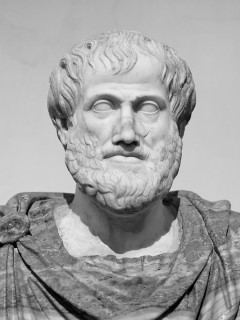

Heuristics for scientific and literary creativity
the role of models, analogies, and metaphors
pp. 151-185
in: Joseph Margolis, Michael Krausz, Richard M. Burian (eds), Rationality, relativism and the human sciences, Berlin, Springer, 1986Abstract
The concept of creation in Western thought has meant the act of bringing into being what was previously part of non-being. This concept can be traced at least to the medieval notion of God, the creator, bringing into existence our universe ex nihilo. Man was not associated with the process of creation except possibly in the arts. But even in the arts and literature, at least until the Renaissance, the artist and writer were viewed not as individuals who bring into existence forms that previously did not exist, but as persons who replicate forms found in nature. Representational art was precisely what the word signifies, a picturing of something that was already there to begin with. Likewise, in Greek literature the dominant idea was that the Greek dramatists recreated stories that were part of their cultural heritage. Aristotle called such recreation mimesis, which meant that tragedy was an imitation of action, an imitation of actual life.


